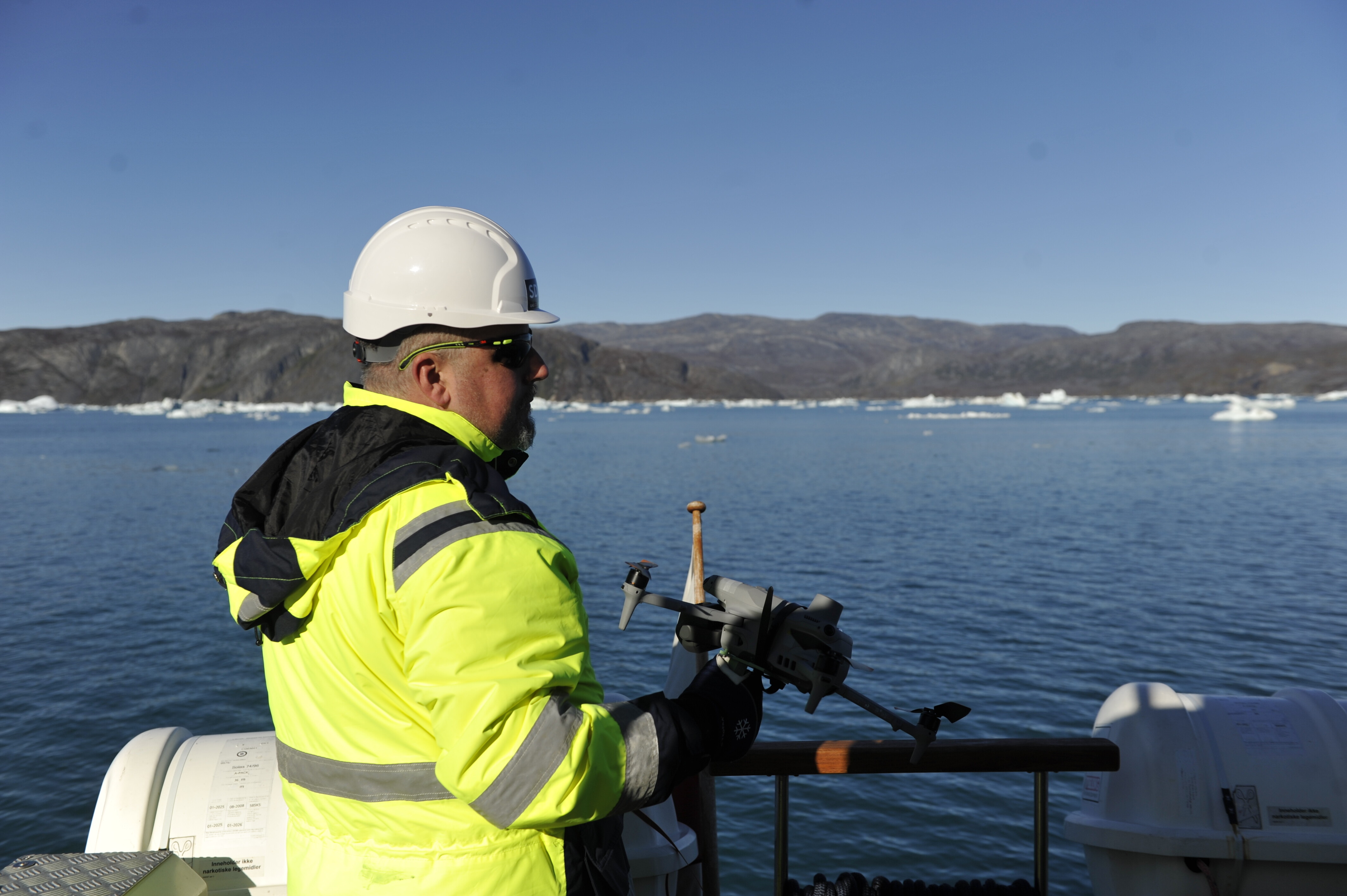How can African countries boost their science and tech sectors?

In 2001, the RAND Corporation’s Science and Technology Policy Institute created an index of science and technology capacity for the World Bank. They ranked 150 countries based on their potential to innovate and work with more scientifically advanced nations.
Have these changes had an effect on African nations’ scientific and technological capacity? My study replicated the RAND Index in 2011 to answer this question and suggest which African nations might be best poised to move forward technologically in coming decades.
The index ranked most countries in the world, according to their science and technology capacity, into:
- scientifically advanced countries;
- scientifically proficient countries;
- scientifically developing countries; and
- scientifically lagging countries.
Various indicators have been developed in an attempt to quantify science and technology capacity across countries. Examples of this are the OECD’s Science, Technology and Industry Scoreboard or the European Innovation Scoreboard.
What are the measurables?
The RAND index selected seven components for which national level data were available for most countries for 2001 or an immediately preceding year.
The variables were:
- Gross national product (GNP) per capita.
- The number of universities and research institutions in the nation, per million people, as a representation of science and technology infrastructure.
- The number of scientists and engineers per million people.
- The number of a nation’s students studying in the United States.
- The proportion of GNP spent on research and development.
- The number of academic science and technology journal articles published by citizens of the nation.
- The number of patents registered by citizens of the nation with the US Patent and Trademark Office and the European Patent Office.
To combine these different components into a single index, the RAND index standardised the numbers to show national performance. The value of each national characteristic was compared to the international average.
Performance was ranked based on the number of standard deviations of the national value away from the international mean. The indicators were then weighted according to points for each criteria.
What we learnt from the 2011 study
A number of countries on the African continent are poised to reap the economic benefits of increased investment in science and technology.
Science has helped stimulate economic growth in regions investing in innovative solutions around the world.
The African Manifesto is a vision for a renaissance in science, technology and innovation for Africans, by Africans, in Africa.
South Africa, Egypt, Tunisia, Morocco, Algeria, Nigeria and Mauritius are among the front runners in this group poised to do well because of the investment in science, technology and innovation.
In sub-Saharan Africa, the countries with the greatest promise apart from South Africa and Nigeria are Benin, Botswana, Uganda, Mozambique, Ethiopia and Sudan.
The countries that ranked rather low but show some promise for joining the others in the future are Liberia, Guinea, Namibia, Cote d´Ivoire and Cameroon.
Tertiary foundation
To benefit from the science and technology, tertiary education must fulfil the role as a driver of growth and technological capability.
Countries like Japan, Finland, Sweden Korea, Taiwan and South Korea have shown how efforts to raise tertiary education standards can yield benefits for technological innovation.
Many experts in Africa acknowledge the crucial role of higher education in development as a key strategy to boost performance across economic sectors.
Among other benefits, higher education also provides the capacity to understand and use global knowledge in science and technology. An example of this is in agriculture and other sectors. Investment in higher education can speed the rate of technology catch-up in Africa and boost income.
Enrolment challenges
But Africa’s tertiary education enrolment rates are among the lowest in the world. The African average is 7.1%, compared to 25.1% elsewhere in the world. Others on top of the African ranking and above the average enrolment rate on the continent are Tunisia, Egypt, Algeria, Mauritius, Morocco and Cape Verde. Botswana, Gabon and Senegal are also high on the rankings.
A small group of sub Saharan African nations is showing above average enrolment rates in tertiary education, but still lagging behind in science and technology capability.
These are:
- Liberia (17%)
- Nigeria (10%)
- Guinea (around 9%)
- Namibia (around 9%)
- Cote d´Ivoire (8.4%)
- Cameroon (7.8%)
If higher education is a key determinant of future science and technology capacity, these nations could progress in the coming years.
How Africa ranks
While African nations are still far behind in the latest study – and most remain near the bottom of the list – countries like Morocco, Algeria, Nigeria, Botswana, Mozambique, Ethiopia, Sudan and Libya had advanced in the ranking by 2011.
Out of the African nations in the original RAND index, South Africa was on top, followed by Mauritius, Benin, Egypt, Uganda, Togo and Tunisia. Mozambique, Chad and Eritrea were at the bottom.
Morocco and Algeria showed the most progress, the former going from 116th to 62nd in the world and the latter from 123rd to 68th. In sub-Saharan Africa, Nigeria moved to 77th from 104th. Botswana, Mozambique, Ethiopia and Sudan also improved.
In contrast, African leader Mauritius declined in the 2011 index, from 58th to 79th – as did Benin, Uganda, Libya, Togo, Congo and others. A decade later, most nations on the continent show a drop in the global ranking.
Because of their large populations South Africa, Morocco, Egypt, Algeria and Nigeria fell. Tunisia moved up and tiny Seychelles went from 98th to 87th. Gabon and Libya moved up but remained below the average.
The countries lagging the furthest behind were the same as in the first index: Mauritania, Tanzania, Niger, Sierra Leone, Liberia, Comoros, Eritrea, Chad and Somalia.
The widest differences, as could be expected, are in the indicators that reflect science and technology output. In the number of scientific and technological articles published in academic journals, every African nation was below the sample average. Tunisia, South Africa, the Seychelles and Botswana were listed as the best performers on the continent.
In patents, only Seychelles was above the world average, with other nations lagging seriously behind. The human resource indicators also were substantially lower than for the rest of the world.
As African countries advance in science and technology capability, their chances of orienting their economies toward sustained and sustainable growth are greatly enhanced. Hence this becomes a key indicator for the future.
This piece was based on a study by Gayle Allard, PhD, Professor of Economics, IE Business School in Spain in the Journal of African Studies and Development in June.![]()
This article was originally published on The Conversation. Read the original article. Publication does not imply endorsement of views by the World Economic Forum.
To keep up with the Agenda subscribe to our weekly newsletter.
Author: Gayle Allard is Professor of Managerial Economics at IE Business School.
Image: A Somali man browses the internet on his mobile phone at a beach. REUTERS/Feisal Omar.
Don't miss any update on this topic
Create a free account and access your personalized content collection with our latest publications and analyses.
License and Republishing
World Economic Forum articles may be republished in accordance with the Creative Commons Attribution-NonCommercial-NoDerivatives 4.0 International Public License, and in accordance with our Terms of Use.
The views expressed in this article are those of the author alone and not the World Economic Forum.
Stay up to date:
The Digital Economy
Forum Stories newsletter
Bringing you weekly curated insights and analysis on the global issues that matter.
More on Emerging TechnologiesSee all
Mahmoud Mohieldin and Vera Songwe
November 20, 2025






